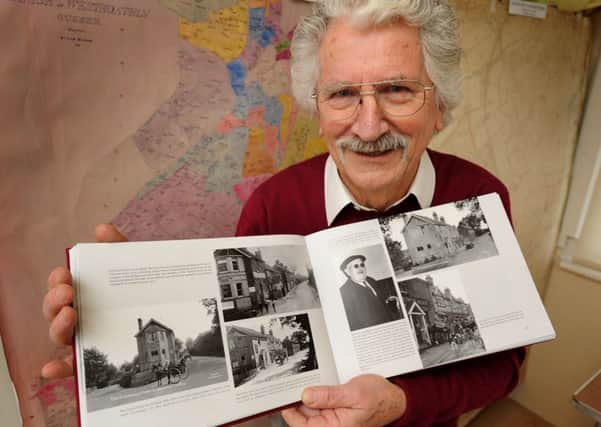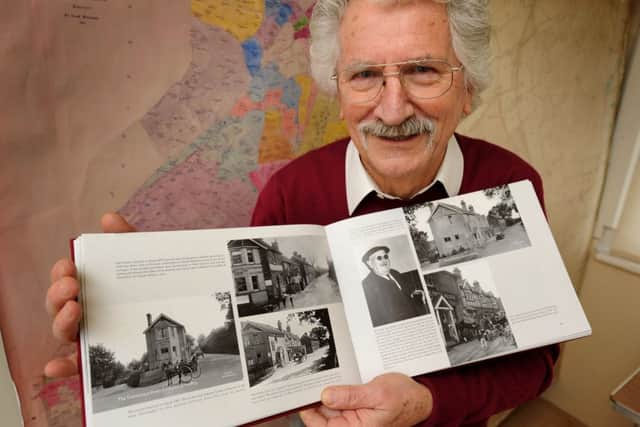William Robinson – a gardener for his time


Robinson was born into humble origins in Ireland in 1838 and became a gardener, educating himself and expanding his knowledge to a level where he was accepted as the Times horticultural correspondent in 1867. Publishing brought him success and in 1885 his wealth enabled him to purchase the vast Gravetye estate in West Hoathly, with the manor house, better known nowadays as the prestigious Gravetye Manor Hotel and Restaurant, at its heart.
Gravetye was built around 1598 and Robinson began by renovating and extending it. During the following 50 years he developed 1,000 acres of gardens, woods, farmland and downlands landscape, deliberately moving away from the Victorian formality that had become the norm for country houses. He devised more natural planting patterns and styles and is credited with practically inventing the herbaceous border.
Advertisement
Hide AdAdvertisement
Hide AdWith servants and gardeners to help keep him in the lifestyle he had become accustomed to, Robinson lived well until 1909 when he fell from a stile on his way to church in West Hoathly, injuring his back and leaving him wheelchair-bound.


He died in 1935 and, as an early advocate of cremation, he was cremated at Golders Green Crematorium where he had designed the gardens.
After Robinson’s death Gravetye Manor fell into disuse and became derelict until it was bought by Peter Herbert in 1958.
Captivated by Robinson’s house and its setting, Mr Herbert injected his own exceptional hotel keeping and restaurant standards into the rural spot.
Advertisement
Hide AdAdvertisement
Hide AdFor nearly 50 years, until his retirement in 2004, he established Gravetye Manor as one of the leading establishments in its class, recognised throughout the world for offering the best kind of country house hotel hospitality.
The West Hoathly Local History Group’s special exhibition about William Robinson and Gravetye was just one of the popular sections of the group’s annual event held recently at the village hall.
There was also information about the recently-published book, Old West Hoathly, by village author John Ralph. The 270-page hardback book includes 674 photos from the parish’s photographic archive.
Mr Ralph visited Mr Herbert as part of his research for the history group and was allowed to look through his collection of books and photographs about Gravetye to select some of the best for the exhibition.
Advertisement
Hide AdAdvertisement
Hide AdOther books used in the display were loaned by Lindsay Shurvell, who used to work at Gravetye as a gardener, and from Courtlands Nursery in Sharpthorne.
More on Mr Ralph’s book can be seen on the website www.hoathlyhub.info under the section ‘history archive’.
The book, priced £29.50, is available from Mr Ralph on 01342 810458.